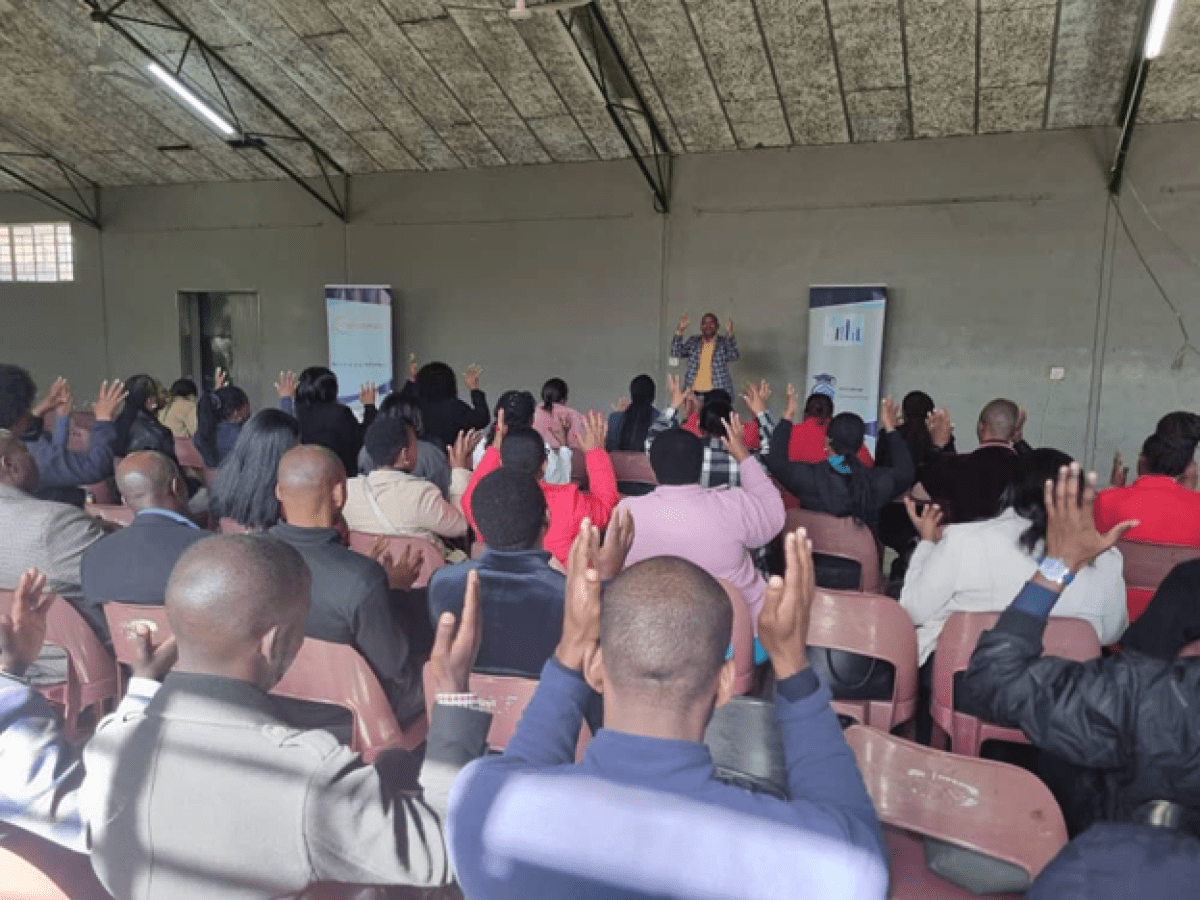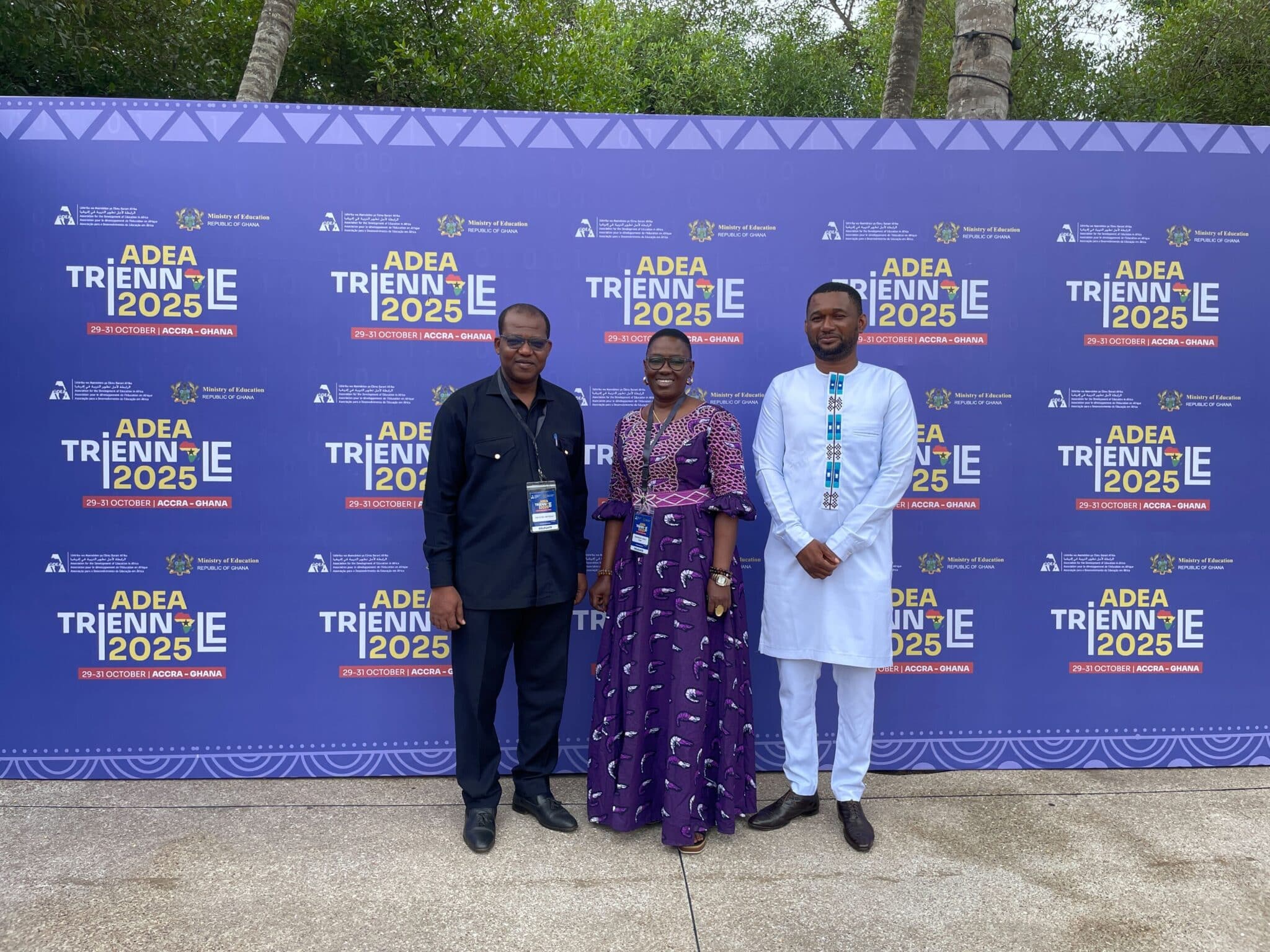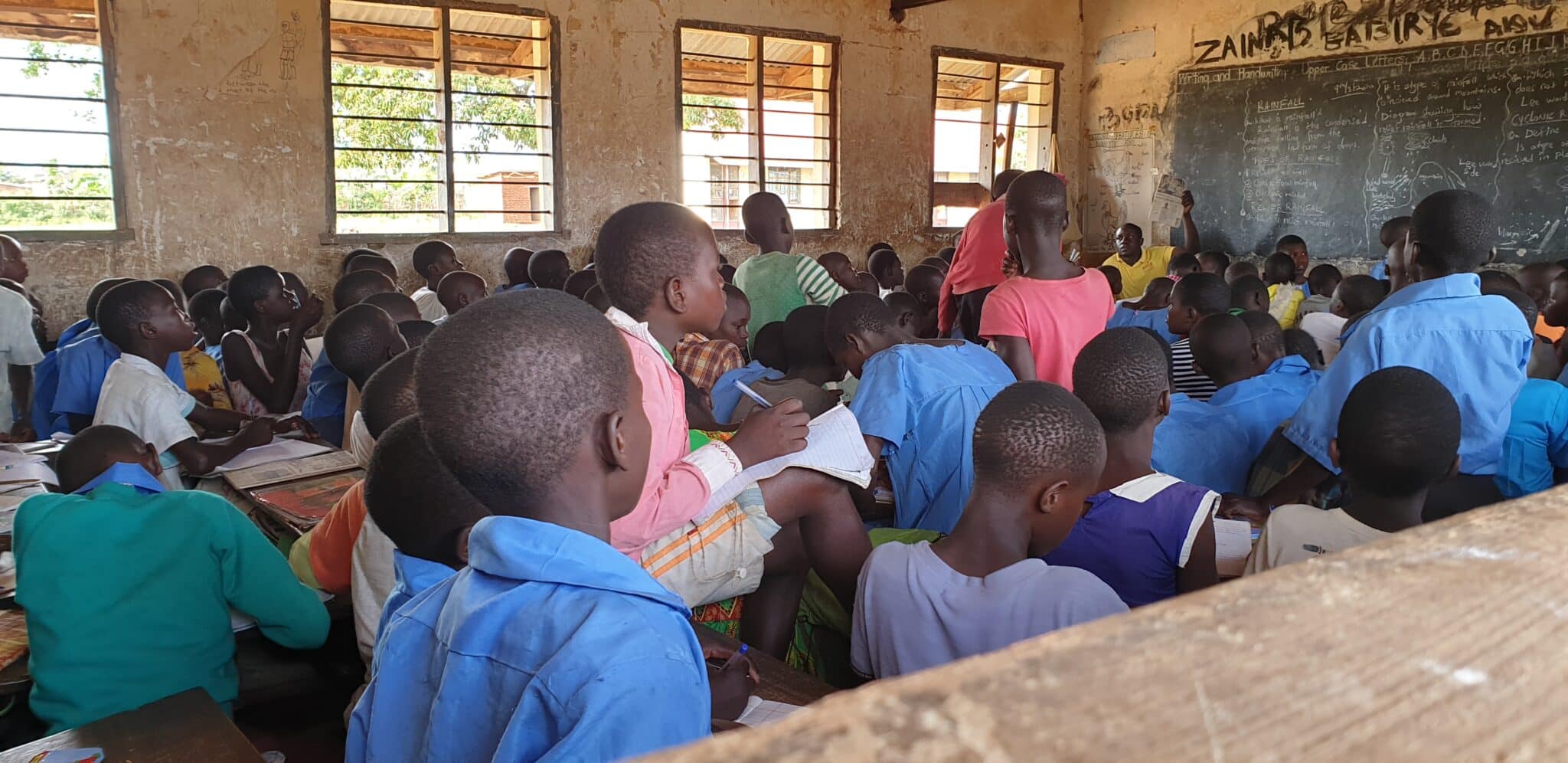
Eswatini integrates disability indicators into national EMIS to strengthen inclusive education data
Eswatini’s Ministry of Education and Training, with support from UNICEF and HISP Uganda, has integrated disability indicators into its DHIS2-based national EMIS to strengthen inclusive education data and ensure that all learners are visible in national planning.
The Ministry of Education and Training (MoET) in Eswatini has taken an important step toward inclusive education by integrating disability indicators into the country’s national Education Management Information System (EMIS), which is built on the DHIS2 platform. This work, carried out with support from UNICEF and HISP Uganda as part of a Global Partnership for Education Knowledge and Innovation Exchange (GPE KIX) initiative, ensures that learners with disabilities are systematically included in education data collection and national planning.
This effort aligns with Sustainable Development Goal 4 (SDG 4) on inclusive and equitable quality education. To guide implementation, MoET established a cross-sector technical working group on early identification and intervention for disability. With UNICEF support, the group developed national guidelines for incorporating disability indicators into EMIS and adapted the DHIS2-based data collection tools to reflect the realities of inclusive education schools. More than 900 school administrators and focal teachers have been trained on the updated tools and on how to identify and report on learners with functional difficulties.
The revised system integrates the Washington Group Short Set on Functioning, an internationally recognized tool for collecting disability data. By focusing on core functional domains—such as seeing, hearing, walking, remembering, self-care, and communicating—the DHIS2-based EMIS now enables the collection of detailed and comparable data on both the presence and severity of functional difficulties. This granularity improves data quality and supports evidence-based planning and resource allocation.
The updates also reflect the unique structure of Eswatini’s inclusive education schools, which operate both academic and vocational streams. Revised data collection instruments allow schools to record learners by stream, grade, age, and sex, helping the ministry monitor enrollment and ensure appropriate resource distribution.
Through the DHIS2-based EMIS, Eswatini is building a more inclusive and interoperable education data system. Early results show increased reporting and improved visibility of learners with disabilities in national datasets, providing a stronger foundation for evidence-based policy and planning.
This work contributes to a broader GPE KIX initiative focused on strengthening Education Management Information Systems to improve data use and inclusion across partner countries.
Learn more about this initiative in Towards Inclusive Education Data Systems: Integration of Disability Indicators into Eswatini’s National EMIS.


